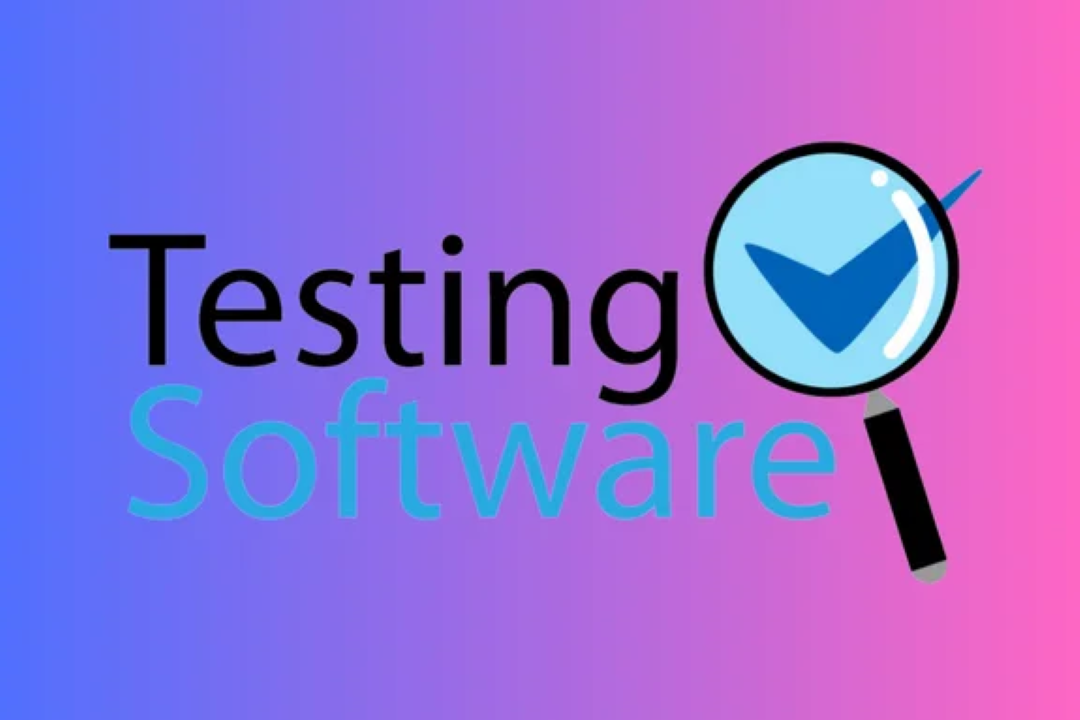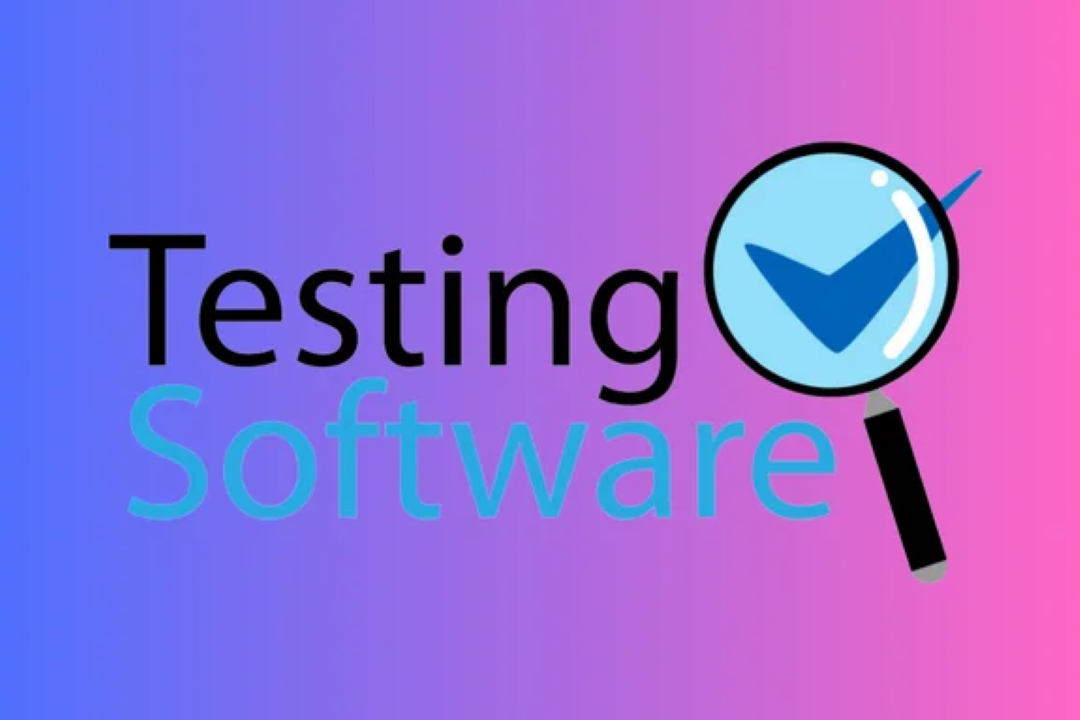Difference Between Selenium Selendroid Webdriver Appium
Selenium, Selendroid, WebDriver, and Appium are key tools in automation testing, each with specific
Difference Between Selenium Selendroid Webdriver Appium
Selenium, Selendroid, WebDriver, and Appium are essential tools in the realm of automation testing, each serving distinct purposes. Selenium is ideal for automating web applications across multiple browsers, ensuring consistent performance and functionality. WebDriver, which is a component of Selenium, enhances this experience with a more robust and flexible API for browser interactions. Selendroid specializes in automating native and hybrid Android applications, making it particularly useful for legacy Android versions. In contrast, Appium offers a broader scope by enabling the automation of both Android and iOS applications, allowing for seamless cross-platform testing. Together, these tools provide a comprehensive framework for ensuring the quality and reliability of web and mobile applications.
To Download Our Brochure: https://www.justacademy.co/download-brochure-for-free
Message us for more information: +91 9987184296
Selenium, Selendroid, WebDriver, and Appium are essential tools in the realm of automation testing, each serving distinct purposes. Selenium is ideal for automating web applications across multiple browsers, ensuring consistent performance and functionality. WebDriver, which is a component of Selenium, enhances this experience with a more robust and flexible API for browser interactions. Selendroid specializes in automating native and hybrid Android applications, making it particularly useful for legacy Android versions. In contrast, Appium offers a broader scope by enabling the automation of both Android and iOS applications, allowing for seamless cross platform testing. Together, these tools provide a comprehensive framework for ensuring the quality and reliability of web and mobile applications.
Course Overview
The “Difference Between Selenium, Selendroid, WebDriver, and Appium” course at JustAcademy provides a comprehensive overview of these essential automation testing tools. Participants will explore Selenium's capabilities for web application automation, while gaining insights into WebDriver's advanced features that streamline browser interactions. The course will also delve into Selendroid, focusing on its application in automating native and hybrid Android apps, especially for older devices. Additionally, learners will uncover Appium's versatility in facilitating automation across both Android and iOS platforms. By the end of this course, attendees will clearly understand the strengths, use cases, and differences between these tools, empowering them to choose the right solution for their automation testing needs.
Course Description
The “Difference Between Selenium, Selendroid, WebDriver, and Appium” course at JustAcademy offers an in-depth exploration of these vital automation testing tools used in software development. Participants will learn about Selenium, a leading framework for web application testing, and WebDriver, which enhances browser control and interaction capabilities. The course further examines Selendroid, designed specifically for automating native and hybrid Android applications, making it ideal for older Android devices. Additionally, learners will discover Appium, a powerful solution for cross-platform mobile testing that supports both Android and iOS applications. This course will equip attendees with a thorough understanding of the unique features, benefits, and optimal use cases for each tool, enabling them to effectively implement automation in their projects.
Key Features
1 - Comprehensive Tool Coverage: Provides hands-on training with a range of industry-standard testing tools, including Selenium, JIRA, LoadRunner, and TestRail.
2) Practical Exercises: Features real-world exercises and case studies to apply tools in various testing scenarios.
3) Interactive Learning: Includes interactive sessions with industry experts for personalized feedback and guidance.
4) Detailed Tutorials: Offers extensive tutorials and documentation on tool functionalities and best practices.
5) Advanced Techniques: Covers both fundamental and advanced techniques for using testing tools effectively.
6) Data Visualization: Integrates tools for visualizing test metrics and results, enhancing data interpretation and decision-making.
7) Tool Integration: Teaches how to integrate testing tools into the software development lifecycle for streamlined workflows.
8) Project-Based Learning: Focuses on project-based learning to build practical skills and create a portfolio of completed tasks.
9) Career Support: Provides resources and support for applying learned skills to real-world job scenarios, including resume building and interview preparation.
10) Up-to-Date Content: Ensures that course materials reflect the latest industry standards and tool updates.
Benefits of taking our course
Functional Tools
1 - Selenium
Selenium is a prominent open source tool used for automating web applications across different browsers and platforms. It supports multiple programming languages, including Java, C#, and Python, making it accessible for developers with varying backgrounds. Selenium offers a robust framework allowing users to create complex test cases and execute them efficiently. The key component, Selenium WebDriver, interacts directly with the web browser to perform user actions such as clicking, typing, and navigating through the application. This tool is highly suited for functional testing and ensures the web application's functionality matches the expected outcomes.
2) Selendroid
Selendroid is an automation framework specifically designed for Android applications. It combines the capabilities of the Selenium framework with the Android Testing Framework, making it a great choice for testing native and hybrid mobile applications. Selendroid operates in a way that allows it to drive any Android 4.1 or higher device and interacts with the user interface elements of Android applications. Unlike Selenium, which focuses on web applications, Selendroid provides tools for testing mobile user experiences and has a unique capability to test apps on physical devices and emulators. Moreover, it can utilize existing Selenium scripts, enabling a seamless transition for users familiar with Selenium.
3) WebDriver
WebDriver is a component of the Selenium project that provides a programming interface for creating and executing test cases in web applications. Unlike Selenium RC, which required a server to interact with browsers, WebDriver communicates directly with the browser, offering a more efficient and effective way to perform web testing. With its simple and well defined API, WebDriver allows for the automation of various browser actions while providing better control and visibility into browser behavior. It supports different browsers, including Chrome, Firefox, Safari, and Internet Explorer, which makes it versatile for comprehensive web application testing.
4) Appium
Appium is an open source automation tool specifically tailored for mobile applications across iOS and Android platforms. It supports native, hybrid, and mobile web applications, making it popular among developers focusing on mobile technology. Appium aims to provide a unified solution allowing the same testing framework to operate across different platforms with minimal adjustments. It utilizes WebDriver protocols, ensuring that creating tests for multiple devices is efficient and straightforward. Appium is ideal for teams looking to implement test automation within Agile and continuous integration workflows, as it supports parallel execution, thereby reducing testing time.
5) Use Cases
Understanding the distinct use cases for these tools is pivotal for students. Selenium excels in web application testing, ensuring that web interfaces function correctly across different browser environments. Selendroid addresses the specific needs of Android app testing, allowing developers to effectively evaluate mobile user experiences. WebDriver, being a core component, facilitates direct communication with browsers for automated testing scenarios and is an integral part of the Selenium suite. Appium caters to the necessity of mobile application testing, broadening the scope of automated testing into the mobile domain. Each tool serves unique purposes, and recognizing their characteristics helps prepare students for real world application development and testing scenarios.
6) Integration with Modern Development Practices
All these tools are designed to be easily integrated into modern software development practices, including Continuous Integration (CI) and Continuous Deployment (CD) pipelines. Selenium and WebDriver can easily fit within various CI tools like Jenkins, facilitating the automation of testing workflows. Selendroid and Appium also support integration within CI/CD frameworks, allowing teams to execute automated tests during the development cycle. Understanding how to leverage these tools in Agile environments profoundly impacts how students will navigate their future roles in software testing, enhancing their ability to deliver quality software applications efficiently.
7) Community Support and Resources
The popularity of Selenium, Selendroid, WebDriver, and Appium has led to the establishment of vibrant communities around these tools. A wealth of resources, including forums, GitHub repositories, blogs, and online tutorials, is available to help users troubleshoot issues and enhance their testing skills. This community support provides an invaluable resource for students and professionals alike, promoting knowledge sharing and collaboration. Additionally, the extensive documentation for each tool ensures users can access detailed guides and examples to streamline their learning process.
8) Cross Platform Testing
One of the significant advantages of tools like Selenium, Appium, and WebDriver is their ability to enable cross platform testing. Selenium is widely recognized for its capacity to work across different browsers and operating systems, ensuring a seamless experience for users regardless of their choice of browser or device. Similarly, Appium allows for testing across various mobile platforms. This cross platform capability is crucial for businesses aiming to provide a consistent user experience across diverse devices, making it a key consideration in today’s multi device world.
9) Test Script Maintenance
Maintaining test scripts can be challenging as applications evolve and change. Selenium and Appium support the use of the Page Object Model (POM) design pattern, helping test automation engineers create tests that are more modular and maintainable. By separating the test logic from the UI elements, updates can be made with minimal disruption to existing tests. Selendroid and WebDriver also support similar architectural approaches, enabling testers to adapt quickly to changes in the application under test without overhauling the entire test suite.
10) Headless Testing
Another significant feature supported by tools like Selenium and WebDriver is headless testing. Headless browsers enable tests to run without a graphical user interface, which speeds up the execution of automated tests and is particularly useful in a CI/CD pipeline. This capability allows for faster feedback during the development process, helping teams to identify issues early and improve overall code quality.
11 - Integration with Testing Frameworks
All four tools seamlessly integrate with popular testing frameworks such as JUnit, TestNG, and Mockito, enhancing their functionalities. Selenium, WebDriver, and Appium can be combined with these frameworks to structure your test cases effectively, provide comprehensive reporting, and manage test execution. This integration facilitates the creation of robust test suites that are easy to run, manage, and report on, allowing teams to focus more on development and less on testing logistics.
12) Parallel Testing
Parallel testing capability allows teams to run tests simultaneously across multiple devices and browsers. This is especially beneficial for regression testing where time can be a constraint. Selenium Grid enables parallel testing in web applications, while Appium supports parallel test execution in mobile applications. By executing tests concurrently, teams can significantly reduce the overall testing time required, speeding up the deployment cycle and providing quicker feedback for developers.
13) Real Time Project Experience
At JustAcademy, we emphasize hands on learning through real time projects that utilize these tools. Students engage in practical scenarios, allowing them to apply their knowledge in realistic environments. This experience not only enhances their technical skills but also prepares them for the challenges they will face in the industry. By working on live projects, learners gain a competitive edge, as they familiarize themselves with common practices and tools used by professionals in the field.
14) Career Opportunities
Proficiency in Selenium, Selendroid, WebDriver, and Appium opens numerous career opportunities in software testing and quality assurance roles. With the increasing reliance on continuous integration and delivery, organizations are on the lookout for skilled professionals who can automate testing processes effectively. By mastering these tools, students position themselves as desirable candidates in a competitive job market, paving the way for successful careers in technology.
15) Future Trends in Automation Testing
With advancements in artificial intelligence and machine learning, the landscape of testing is evolving. Tools like Selenium and Appium are already beginning to integrate AI capabilities, such as intelligent test generation and enhanced predictive analytics for test outcomes. Staying updated on these trends is essential for aspiring testers to ensure they remain relevant in the industry's future. At JustAcademy, we equip students with the knowledge to navigate these trends and leverage new technologies in their testing strategies effectively.
By covering all these points, learners will gain a comprehensive understanding of automation testing tools and their applications in real world scenarios, helping them to excel in their future careers.
Browse our course links : https://www.justacademy.co/all-courses
To Join our FREE DEMO Session:
This information is sourced from JustAcademy
Contact Info:
Roshan Chaturvedi
Message us on Whatsapp:
Email id: info@justacademy.co










